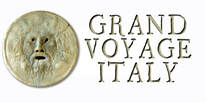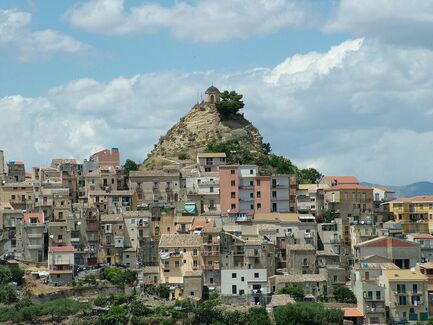 In the eastern part of Sicily is a hilltown which, when viewed from the air, resembles a primitive depiction of a man. Others might say the shape resembles a starfish clinging to the mountain. Centuripe (called Centuripae by the Greeks) is in the province of Enna, located 38 miles from Enna in the hill country between the Rivers Dittaìno and Salso, with a wonderful view of Mount Etna. Centuripe's roots extend back to the 5th century BC, when it was a Hellenic city. In the first century BC, Cicero claimed in his writings that the town had a population of 10,000 and was one of the largest and richest cities on the island of Sicily. 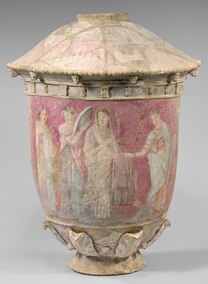 In the 2nd and 3rd centuries BC, a uniquely beautiful type of ceramics dubbed Centuripe Ware originated here, with tempura paintings applied to fired clay. Partly destroyed by Frederick II in 1233 (after which most of the inhabitants moved to Augusta), the city’s ruin was completed by Charles of Anjou. It was later rebuilt by Francesco Moncada, count of Adernò (now Adrano), and was ruled by his descendants as a county until 1813. Known as Centorbi until 1863, it passed to the Kingdom of Italy in 1860 and was the scene of heavy fighting in World War II. 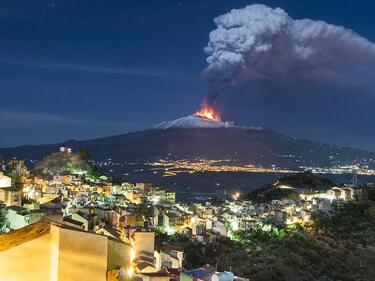 Nighttime view of Mount Etna from the town Nighttime view of Mount Etna from the town Remains of the classical city include Hellenistic houses with wall paintings, baths, and cisterns, and several substruction walls, mostly of the Roman period, on the steep slopes. Centuripe’s civic museum and the Palazzo Comunale exhibit Hellenistic terra-cottas, finely painted vases of local manufacture, and relics from a large number of excavated tombs in the area. Agriculture (grains) is the town's mainstay, caves with sulfur and salt deposits, and quarries for chalk and marble are other resources. Nearby are local mineral springs. This sleepy town is well worth a visit, if only for the stellar view of Etna from it's Castle. --Jerry Finzi  Sara & Luca in their former glamorous life Sara & Luca in their former glamorous life Sara Bertagnolli and Luca Sguazzini are two beautiful, amazingly adventurous Italians who have the voyager bug--bigtime. They have one of the more successful YouTube "vanlife" channels. They have traveled from Alaska and the Arctic Sea to Tierra del Fuego at the southern tip of Argentina in an old Ford pickup truck they dubbed “Lucky LeAw” (for Leave Everything And Wander). They left Italy in 2017 with only $1700, leaving their careers behind for their starting point in Canada. All they had was a bold desire to travel from North to South America along with an unstoppable passion and their ingenuity. The fact that they are both multi-lingual doesn't hurt either. Sara speaks Italian, German, English, and Spanish. Lucas speaks Italian, Portuguese, Spanish, and English. The quality of their videos got better and better as they traveled and are wonderful to watch.
Having experienced a bit of this type of brave voyager's attitude in my younger years--by traveling over 5000 miles on a moped bogged down with 50 pounds of camping gear throughout France and Switzerland--I was drawn into their videos from the beginning. They subsequently had to return to Italy and leave their trusty, rusty Lucky LeAw behind in Brazil when Covid hit (with a dream to go back and complete their a round trip back up into North America). They currently live in their small mountain house in Northern Italy they call Luckyland. Being resourceful, as soon as travel was permitted, Luca outfitted his old van from his motorcycle racing days and dubbed it Luigi. Italian travel videos followed as they voyaged to the most amazing Italian locations.
Luck plays well in their lives--a common and obvious theme about their view of life itself. Luck made them find each other. Luck helped them get out of some very precarious situations during their travels. Luck and love saw them marry. Luck also brought them their new baby, Luce (in Italian, meaning Light, pronounced "Loosh-ah"). Her angelic face and smile remind me of when my son Lucas first came to our little family. Precious. A Change in Luck... Luck seemingly failed Sara's dear, young and strong Luca recently, who after from suffering with headaches during the last month had three major strokes this past week. Sara's video is painful to watch... So, right now, I am asking all of my Grand Voyage Italy followers (all 250,000 of you) to go to Leave Everything and Wander's YouTube channel and watch their videos. Subscribe to their channel. (It costs nothing). Get hooked--as we did--by binge-watching every video in chronological order. You'll be sharing Sara's and Luca's adventures and helping them financially. YouTube pays them for placing ads on their videos. The more subscriptions and the more Likes, the higher their income. Although Italian healthcare is free, they will need this boost to help them through this difficult time.
And to Luca, we would like to say: Rimani forte ... sii coraggioso ... e ricorda, sei amato. We are positive he has the determination and fortitude to get though this and come back to full health. --Jerry, Lisa and Lucas Finzi  Voyagers to Tuscany identify the sunflower with the Tuscan lifestyle. They see it as a romantic symbol, overwhelmed by vast fields of sunflowers in the summer sun. They will come home with pasta bowls, dresses or tiles decorated with them. But they forget one simple fact: girasole (sunflowers) are actually a cash crop in Italy, and several regions grow them, not just Tuscany. And don't count on seeing sunflowers in the same fields every year. Italians farmers, like all good farmers, tend to rotate their crops. Sunflowers grown in a particular field one year might be replaced by beans the next. It also depends on whether the Italian government is subsidizing the sunflower crop or not. By the way, the word "girasole", literally means "turn to the sun", which is what sunflowers do--they always tend to face the sun and follow it from sunrise to sunset. In northern regions or in higher elevations, the sunflower bloom will be later, but in general (depending on variety grown and the weather), in Tuscany the height of the spectacular display will be from the beginning of July to the about July 15th. In Lazio you can see the yellow beauties in the beginning of July, in le Marche the best time to see them is mid-July to early August. Sunflowers are also grown in the regions of Emilia Romagna, Umbria, and Friuli-Venezia Giulia  Sunflower seeds are grown for the seeds as food and for oil. They can be eaten raw, roasted or dried. They containing protein, vitamins A, B, and E, calcium, iron and nitrogen. Sunflower oil has a light color, mild flavor and low levels of saturated fats. Chefs love it because of its high smoke point--it doesn't burn as readily as other oils--and because it doesn't impart much of its own flavor. Sunflower oil accounts for 8% of the cooking oil used in the whole world. Consider this: Even with its own high production of sunflowers, the Italian supply doesn't come close to meeting Italy's demand fo oil and seeds. Italy imports as much as 70% from the crop's main producers--Romania, Hungary and Bulgaria. If things go the way they have been going, the sunflower crop might be in desperate trouble. Production has dropped from 500,000 planted acres in 2003 to less than 175,000 acres in 2017. Market prices and lack of government subsidies have a lot to do with the shrinking harvests. So the next time you are cycling through fields of girasole, turn your head to the sun as they do, and say a little prayer for the sunflower to continue to brighten the beauty of Italy. --Jerry Finzi On Amazon... Watch the videos below to see how sunflowers are grown, harvested and turned into oil...
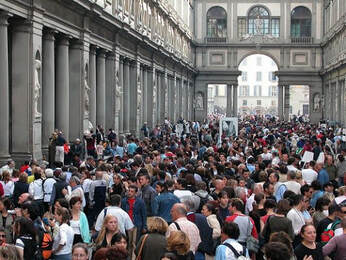 Florence crowds Florence crowds In 2017, over 50 million tourists stayed in Italian hotels--and ONLY during June, July and August, the supposed "high season". But in the last decade, the "high season" has been expanding to early spring and as late as October, and most visitors to Italy don't stay in hotels... How many more visitors stayed in rental apartments or with friends or relatives? How many camped or stayed in hostels or local B&Bs? Keep in mind, the population of Italy is only around 60 million (a decent number for such a small country), but some estimates put the number of actual tourists from all over the world visiting Italy at over 420 million in 2017 alone. Just imagine if the U.S. matched or even surpassed its own 320 million population with half a billion tourists a year?! The actual current number of tourists visiting the U.S. annually is a mere 80 million. It seems Italy is being over-promoted, overbooked and over-run by tourists. As an example, just look at what happens to Venice during the summer months when as many as 6 cruise ships each day dump (according to recent numbers) over 32,000 people onto the fragile jewels of its sinking islands. Over 600 cruise ships a year make daily stops in Venice! The influx has become so bad the city is being gentrified, with mom and pop shops turning into tacky gift shops selling things made in China, and with local residents moving out when they realize their homes are worth more as holiday rentals. Is it time to give Italy a bit of a rest from the wear and tear on its tourist hotspots... Venice, Florence, Pisa, Rome? Are these "must see" destinations turning into Italian Euro-Disney spots, lacking authenticity and losing their cultural heritage? We propose that when Italy opens up again as this pandemic dies down, Americans should visit a small town in Italy where the real Italian lifestyle can be experienced, instead of putting up with indignities of enormous, shoulder-to-shoulder crowds, pushing, shoving and tight schedules of the "must see" locations. If you are traveling with kids, this should be an important consideration. Children can have a much more enjoyable time if you slow it down and toss out the schedule. There are tons of things to do with kids all across Italy... water parks, go-karts, dinosaurs, science museums, beaches, cycling, hiking and more. How about Monte Isola, a town on Lake Iseo in Lombardy? Or visit the mountain village of Castelluccio in Umbria for a taste of small town, mountain life. Instead of Florence, visit Pienza, one of the most beautiful Renaissance villages in Tuscany. And instead of paying high fees to have a spa day, go where the locals go for free, to Bagno San Fillipo in southern Tuscany and bath in the hot, natural sulfur springs under huge mineral waterfalls frozen in time. And the Cilento is much less crowded (aside from August when Italians flock to its beaches for their Ferrragosto holiday) that the Amalfi Coast and has lime after mile of real sand beaches. And don't forget Puglia, especially the tip of the boot around the port town of Brindisi. Puglia isn't like any other part of Italy and nearly every town has something unique to offer. For amazing beaches, take a plane or ferry over to Sardinia. Its natural wonders are unspoiled, with the sea as clear as tap water. So reconsider when booking your next visit to Italy. Throw away the must-see list and visit the real Italy. Slow down, relax and spend time in one location and area at a time. Find out what days the local market is open. Rent a house or apartment and do your own cooking with amazing, fresh ingredients. Meet the locals. Learn the local dialect... even if just a few words. Keep in mind that Italy isn't one thing... it's not just Rome, Florence, Pisa and Venice. There are 20 independent regions in Italy, each with its own language, cuisine, customs and culture. You can literally throw a dart at a map of Italy and then plan a trip to the region the dart lands on. Trust me. Italy is a lot more than standing on line for hours just to be rushed through the Sistine Chapel in five minutes, with throngs of tour groups shoving you from behind.
Learn to live the Italian lifestyle while you are in Italy, and I guarantee you'll have learned how to life a bit of that same lifestyle when you're back home. Ciao e buon viaggio. --Jerry Finzi  Many of us are in lock-down due to coronavirus restrictions and need to find creative ways to take a breath, stop watching the news 24/7 and simply relax a bit. Here's a great way: Take these virtual walking tours of some of Italy's most beautiful and interesting places. You can start watching these videos on your mobile devices and then Cast the video (also called Mirroring on some devices) to your large screen TV. Look for this logo when watching on your device. Enjoy... and take a breath. Andrà tutto bene. --Jerry Finzi, GVI
 Stefano and Gianna Stefano and Gianna One of the highlights of our Voyage throughout Italy was our hot air ballooning adventure, flying over the Tuscan hillside with wisps of smoke filling the air from the burning of vine prunings down below. This flight was memorable not only for the beautiful scenery, but for the pilot that took us up into the Italian skies... Stefano Travaglia. Sadly, this Mago dell'Aria, a master pilot of ballooning, took his last flight this week on September 14th from his Barberino Taverelle home in Tuscany. As a mutual friend tells it, his wife Gianna said he had planned to work in his garden that morning, but she returned to discover that her dear Stefano had passed away gently in his sleep. Many knew Stefano. The people of his rural part of the Tuscan and Chianti regions knew him as a neighbor and friend. Always conscious of not disturbing his neighbors' fields or crops when landing, Stefano was quick to offer a bottle of Prosecco to farmers when he landed in their fields. He rarely imparted any damage to these fields, being such a masterful pilot, typically landing his balloon exactly where he wanted it, while not harming crops or other property. (I can attest to this... he landed our balloon after pointing out the landing spot from over a thousand feet above, reminding me of a major league baseball player pointing to the path of his home run). Thousands upon thousands around the world also knew him as "their" balloon pilot as he helped them discover a peaceful, childlike joy, flying them above vineyards, olive groves, villas or even the medieval towers of San Gimignano. Because he wanted to afford as many people as possible to fly silently through the air, he was the first balloonist in Italy to have a handicapped accessible basket. 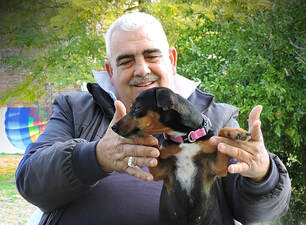 Stefano with one of his pups Stefano with one of his pups Those in the aeronautic and ballooning world knew him for his skills as a pilot. After doing a stint in Manhattan as a commercial photographer, he returned to Italy and began a career with airplanes, but his interests soon turned to lighter than air flight after training with world renowned British balloonists. Today, there are many Italian hot air balloon pilots offering flights throughout Italy who Stefano personally trained. In fact, he and Gianna founded the Association Aerostatics Tuscany. Stefano was inspired by the first balloon flights of Montgolfier brothers from France in 1783. In fact, the Italian word for hot air balloon is mongolfiera. Second only to France, Italy also became a country with colorful balloons floating over its magnificent landscape. One early Italian ballooning passenger recalled after his flight, "Rome looked like a field which had been seeded with white flakes of plaster, while the Tiber seemed to be a very fine thread”. Stefano witnessed similar reactions to his many adventurers. Fly your highest in your last flight, Maestro del Cielo. The flight this time must be wonderful.
Our family offers hugs and prayers to Gianna, family and friends. Stefano's memory lives on. Be certain of it. --Jerry, Lisa and Lucas Finzi For many years, you couldn't visit. Then you could. Then you couldn't. Then you could again, but only by making an appointment way in advance. There was a time this magical place was going to ruin, with no one looking over it--caring for it. Then there was a group of volunteers who tried their best to look after its beauty. Then the place was put up for sale and bought, with an uncertain future again... Will the public ever be able to share in this amazing piece of architecture? Of course, we're talking about Castello di Sammezzano, the Moorish Revival palazzo in Leccio, a 45 minute drive from Florence and not too far from the local Mall Firenze.  The foundations of Sammezzano date back to the Romans and in the middle ages it was a defensive fortress--its most famous visitor being Charlemagne. Later on, its owners included such noble families as the Gaultierotti, the Altoviti and even the Medici. Around 1600, it was bought by the Portuguese nobleman Sebastiano Ximenes of Aragon and remained in the family until 1816, when it passed into the Panciatichi family via the wife of the last Ximenes d’Aragona. 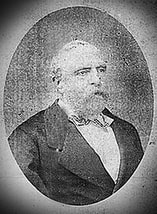 The Marquis The Marquis Two generations later, it became the property of the man who changed its destiny: the Marquis Ferdinando Panciatichi Ximenes d’Aragona. Between 1842 and 1890, Ferdinando completely reshaped a medieval castle into an Orientalist palace in line with the fashion of the time, particularly in Florence. The result is a stunning mix of the Moorish with the Byzantine, the Indian with the Chinese. Using entirely local craftsmen, he had all the bricks, tiles and friezes made under his supervision on site. It's almost inconceivable that this palazzo has 365 rooms--one for every day of the year--each with its own name and unique style and decor. The more famous rooms are the Peacock Room with colorful geometric design, the White Room with its Moroccan mosaic tiled floors, the Hall or Mirrors and the octagon Smoking Room. In the Great White Rotunda there is a glass dome surrounded by a balcony, and the shields that adorn the base of the dome bear inscriptions: Fortitudo, Elementia, Temperantia, Pax, Prudentia, Justitia, and Libertas. There is even a small chapel in the palazzo. It would seem that the Marquis used just about every type of architectural element to enhance his creation: hidden niches, corners, friezes, windows, columns, labyrinths, capitals, arches, vaults and domes. Above an archway are the words "Non Plus Ultra", in Latin meaning "no more beyond", a saying that is said to have been inscribed on the Pillars of Hercules (nowadays known as the Strait of Gibralter), in part as a warning to sailors not to travel beyond the edge of the known world. Some think that the Marquis meant to take his visitors beyond the beauty of the known world when they entered his home. But perhaps, the meaning of a Latin phrase should be thought of in the way the ancient Romans used it, in this case, the highest level that could be attained or the the highest degree of a quality. This is, after all, what becomes evident to any visitor to Sammezzano. The quality of al the details are absolutely astounding. The beauty of the palazzo was even enough to entice Umberto I, King of Italy into visiting Ximenes at Sammezzano in 1878.
After the Second World War Sammezzano became a luxury hotel with apartments, spa, golf and country club until it closed in 1990. In 1999 it was bought by a British investor in 1999, and some stabilization restoration work was done. It has since been abandoned and closed to the public. In April 2012 a local non-profit committee called FPXA 1813-2013 (an acronym for Ferdinand Panciatichi Ximenes d’Aragon) was formed to attempt to restore and preserve the palazzo. Then came the auctions... three of them to date. Movimento Save Sammezzano was a group dedicated to finding an owner who would restore and honor the castle. Appreciating the architecture and uniqueness, in 2018 a Dubai-based company placed an offer of $18.1 million on the third auction and is the current owner. Considering the recent purchase, it is unsure if the Comitato FPXA is going to continue tours. In case they are still arranging tours, contact [email protected] (or join the Facebook page Sammezzano – Comitato FPXA). The Committee typically would organize several visits each year, which sell out almost immediately. www.sammezzano.org. Otherwise, do as the locals do and hike the many trails and dirt roads that surround the castle. You will see many of the giant sequoias along the eastern slope of the castle. Just be respectful and don't try to enter the castle itself unless you have joined an authorized tour group. --Jerry Finzi Two of the trails leading to the Sammezzano 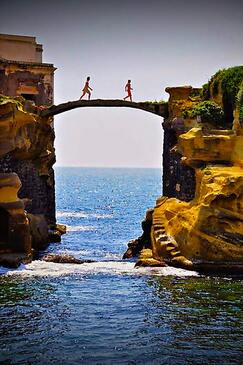 Well away from the throngs of tourists in other parts of Italy, the tiny double island of Gaiola just west of Naples is abandoned and ghostly. There are many legends about the place being cursed. In the early 1800s, the island was inhabited by a local hermit who everyone knew only as "Il Mago" (the Wizard). As most hermits, he lived a troubled, lonely life, existing on handouts of fish from local fishermen. Without warning, he mysteriously disappeared. It's not known if he cursed the island, but many unfortunate things came to pass for people who either lived on or owned the island. There is a small villa on one of the islets that has been occupied by many different types of people: A famous author, a Swiss businessman, a German investor, a pharmaceutical magnate, a steel baron, the Head of Fiat, billionaire J. Paul Getty, and an insurance company CEO. All met with strange fates either while on the island or shortly after purchasing it. Here's just a few of the cursed events:
The two twin islets are only about 100 feet from the amazingly rugged and beautiful coast of the Capo di Posillipo. Their main attraction is that they are akin to the original Siamese twins, joined by a narrow stone bridge that runs between them. In Italian, their name is Isola La Gaiola, which uses a variant of the local dialect word for cave (caviola), referring to the many small caves and grottoes are seemingly everywhere along this part of the coast. Area Marina Protetta Parco Sommerso di Gaiola For for SCUBA divers and and snorkelers alike, the waters surrounding Gaiola is a wonderful haven. They are a part of the Gaiola Protected Marine Underwater Park, a 100 acre marine preserve meant to protect the diverse marine ecosystem here as well as ancient underwater Roman ruins. Underwater ruins are scattered around the crystal clear waters. Some of the marine creatures here are found nowhere else on Earth. Consider the excitement of snorkeling among the underwater ruins of an ancient Roman temple.
If driving, you can reach the Park by driving down the Discesa Gaiola road, where you will find a car park on the left, followed by a short walk to the site. But be aware that in recent years, local police have placed a ban on vehicular traffic, from 7am to 7pm. You may also park up the hill on Via Tito Lucrezio Caro (there is a parking meter for tickets) and walk down the hill (15 minutes). And don't forget to check out the neighboring Archeological Park of Pausilypon.
Descent Gaiola (Cliff S.Basilio Cala), 80123 - Napoli Tel / Fax: 0812403235 Email: [email protected] Winter: from 1 to 31 October: daily except Monday at 10.00 to 14.00 from November 1st to March 31st: Tuesday, Thursday and Saturday from 10.00 to 14.00 Summer: from April 1 to 30 September: every day except Monday at 10.00 to 16.00 Tucked into the pristine landscape of oak and beech trees, streams, meadows and stands of forest is the medieval village of Fiumalbo in the Italian region Emilia-Romagna. It is located about 70 kilometres southwest of Bologna and about 60 kilometres southwest of Modena. Fiumalbo's name evolves from the Latin, flumen album (White River), with reference to the pristine waters of the two rivers that surround the village. The area surrounding the village is dotted with ancient Celtic stone huts, medieval places of worship and the most significant draw to the area, its Natural environment. A dense network of well-marked trails follow old donkey paths once traveled by shepherds and pilgrims can be traveled on foot, horseback or mountain bike. In addition, the proximity of modern ski resorts is a real bonus in winter. The streams are a destination for fly fishermen. In the vicinity, the nearly 40,000 acre Frignano Park sets the tone with its impressive natural beauty. The little borgho even has the credentials to prove their beauty, being a member of the Borghi più belli d’Italia association and having been awarded the Italian Touring Club Orange Flag status. Pistoia is just 7 miles or so over the Abetone pass, helping to unify the 1200 or so borghi. The common local dialect, due to the proximity of the border of Liguria and Tuscany, also helps knit together many of the local customs. The highest peaks of the Modena Apennines are here: Mount Cimone (2165 m) on one side and Mount Lagoni (1962 m) on the other. The spirit of the Celts are here, too. Not only in the forests, but on the houses of the region... Strange and mysterious, carved stone faces called marcolfe (mummies) are found throughout the region. The symbol of the wolf and talismans of Celtic culture supposedly ward off the malocchio (evil eye). Celts came to Italy in the fourth century BC and left their mark in the region, evidenced by the Celtic stone huts similar to those found in Ireland and Scotland. Some examples--a few with rye grass roofs--can be found in the village of Valdare and along the road from Fiumalbo to the foot of Mount Cimone. The cuisine of the region is a mix of both Emilia and Tuscany with tortellone filled with ricotta, black cabbage soup, and a traditional sliced beef dish. Borlenghi, a paper thin crepe similar to carasau from Sardinia, is another traditional dish, stuffed with bacon and salami. Then there is tigelle, a stamped bread embossed with a Celtic rose, indicating its origin. Main courses feature what comes from the forest--mushrooms and game, accompanied by polenta. Their prideful dessert is the Croccante, invented in Fiumalbo, including natural ingredients such as chestnut honey, white almonds, sugar and caramel. 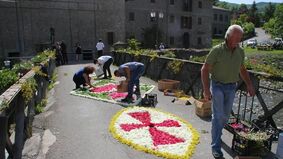 So, tear up your Must See List for Italy and visit one of Italy's small towns... there is a lot to do here: Fiaccolata di Carnevale February: on the night before Ash Wednesday, there is a parade through the village with people carrying birch torches, even torches lighting the stream. The flames signify giving up the coldness and hardships of winter and looking forward toa fruitful spring and summer. Infiorata del Corpus Domini Flower Festival on the the Sunday of the Corpus Domini procession through the streets with large, intricate floral carpets created by the inhabitants. Fiera di Luglio A sagre (food festival) on the second Sunday of July: food stands and stalls selling local produce, cheese, wine, etc. Festa di San Bartolomeo August 23: Feast of St. Bartholomew, the patron saint of the village. The village is illuminated with torches, torches, candles, and even candles lighting of the stream. A saint is accompanied in procession by the brotherhoods of the Whites and the Reds, wearing traditional costumes and carry ancient banners. The festival ends with fireworks. Presepe Vivente A living nativity, December 24, biennial. People are dressed in the clothes of their ancestors, carrying out traditional crafts. The highpoint is the Wise Men on horseback following a path lit by torches that winds through the old town and leading to the Nativity scene and the Christ child. --GVI Copyright 2019 - GrandVoyageItaly.com - Not for reproduction without expressed permission. Calascio is a small village and "Rocca" (fortress) in the province of L'Aquila, in the Abruzzo region of central Italy. It is located in the Gran Sasso e Monti della Laga National Park. 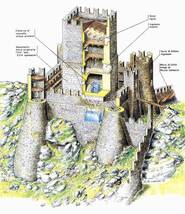 Rendering of how the Rocca used to look Rendering of how the Rocca used to look The earliest village on this site was of Norman origin since the 9th century AD. From the year 1000 onward, it came under control of the Barony of Carapelle (14th century), the Piccolomini family (15th century) and then to the Medici family (16th century), each in succession adding to and enlarging the massive fortress on the rocca above the village. Rocca Calascio, situated at 4800 feet in elevation, lies in an imposing landscape and is one of the most interesting military-defensive structures of its type. It is the highest and one of the oldest fortresses in Italy and affords amazingly dramatic photography, especially at sunrise and sunset. In fact, even Hollywood has been here before--as example--for the filming of Lady Hawke. The fortress dominates the southern side of the Gran Sasso mountain range. It has all the characteristic features of a medieval watchtower. The tower would have been transformed into the current Rocca during the 15th century. At first, there was only a single watchtower for military purposes. There is a walled courtyard with four cylindrical towers at the corners. A taller inner tower was added in the thirteenth century that collapsed during an earthquake centuries ago. The central tower was never rebuilt and today only the exterior walls remain. Curiously, during the time of the Medici, it was used to guard the paths used to move the royal flocks of sheep to their pastures. Parco Nazionale del Gran Sasso e Monti della Laga The real draw to this part of Abruzzo is the surrounding natural landscape with amazing biodiversity... flora, fauna, waterfalls and gorges. Gran Sasso e Monti della Laga National Park covers an area of 580 square miles and is one of the largest parks in Italy. It offers skiing, trekking, mountain biking, horseback riding, mountain climbing, paragliding and more. In addition, from June through October there are over 200 festivals and sagre (food festivals), so your culinary and cultural apetite will surely be satisfied. The Park consists of three mountain groups: Gran Sasso d'Italia chain, Laga massif, and Gemelli Mountains. The Park is also characterized by the presence of the highest peak of the Apennines, Corno Grande at nearly 10,00 feet tall. The most southern glacier in Europe is located here too--the Calderone. Trekkers might be surprised by the prescence of the Osservatorio di Campo Imperatore, a telescopic observatory high up on a mountaintop along with its own botanical garden. In the town of Fonte Cerreto, there is a large funivia (cable car) to take you up to the top of the mountain. Bottom line... if you love mountains, nature and back country activities, a visit to the Park and Calascio will be a great alternative to the "must see" tourist site in Italy. --GVI |
Categories
All
Archives
May 2023
|

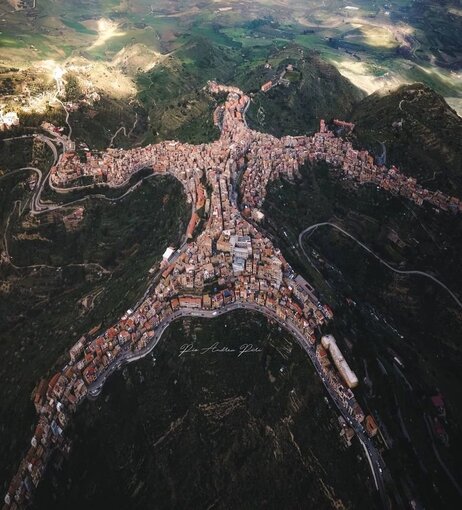
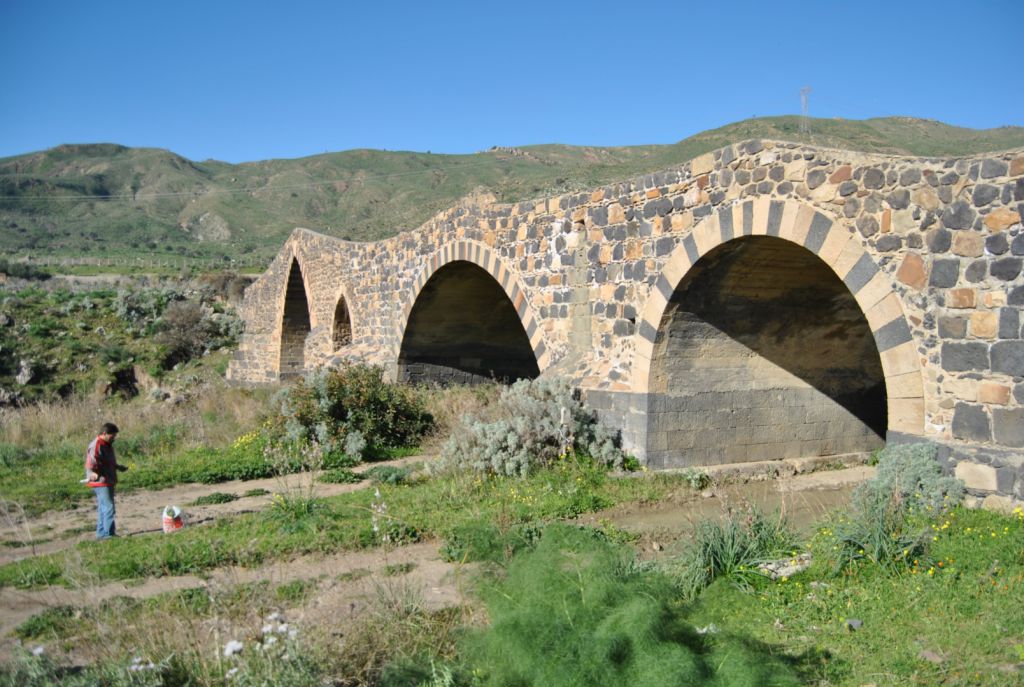
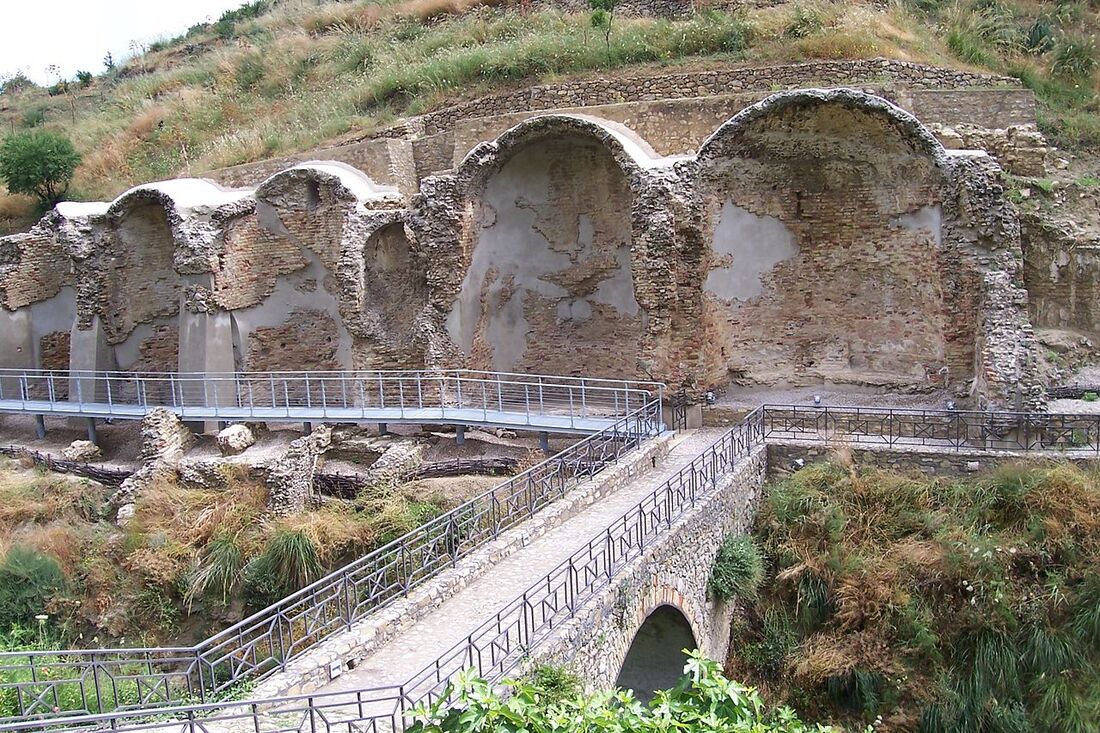
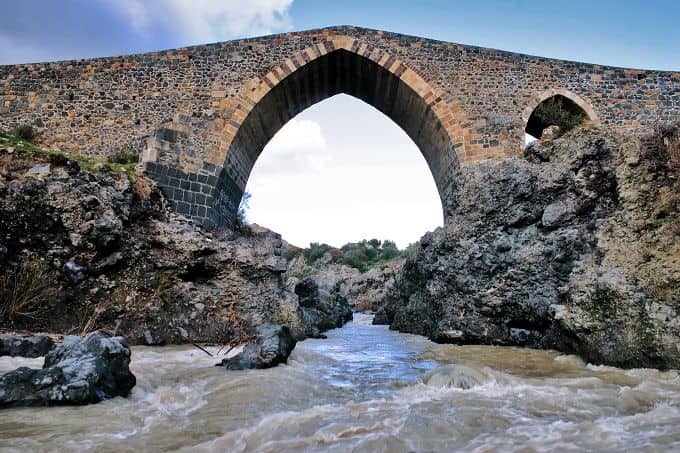
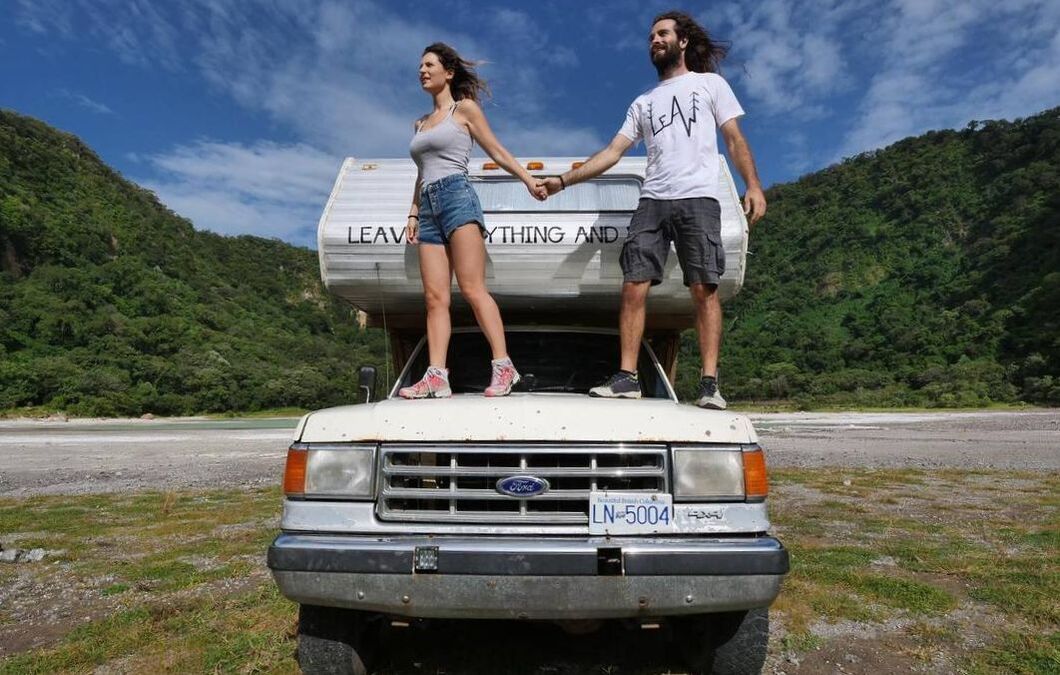

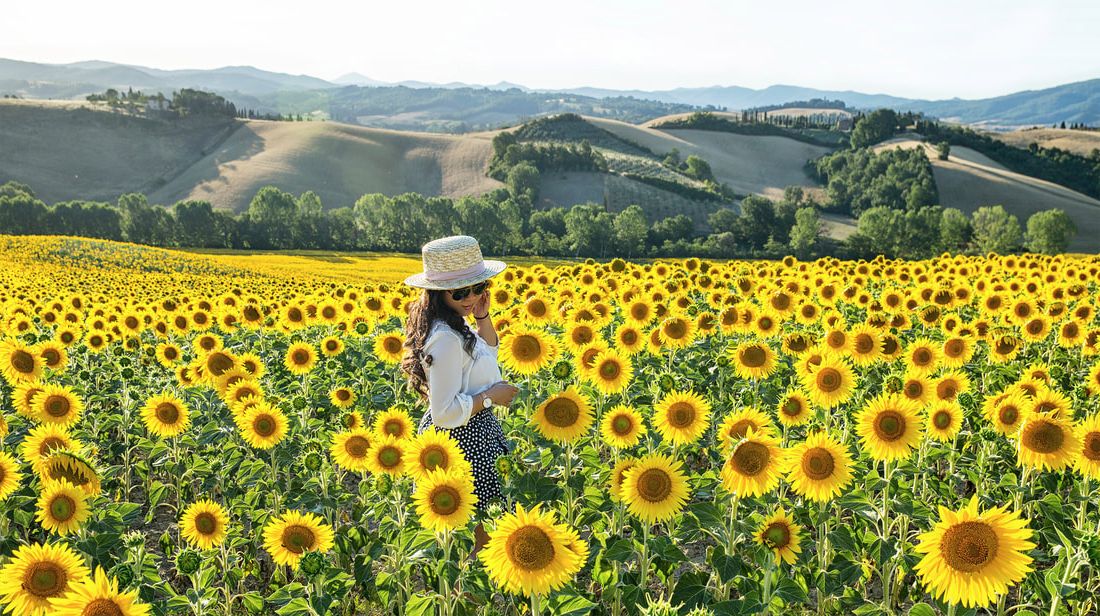
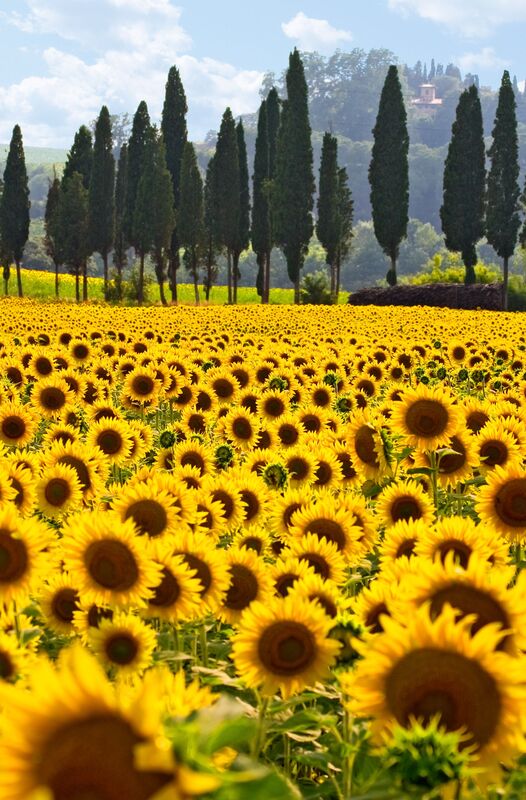


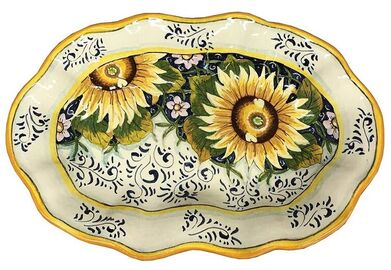
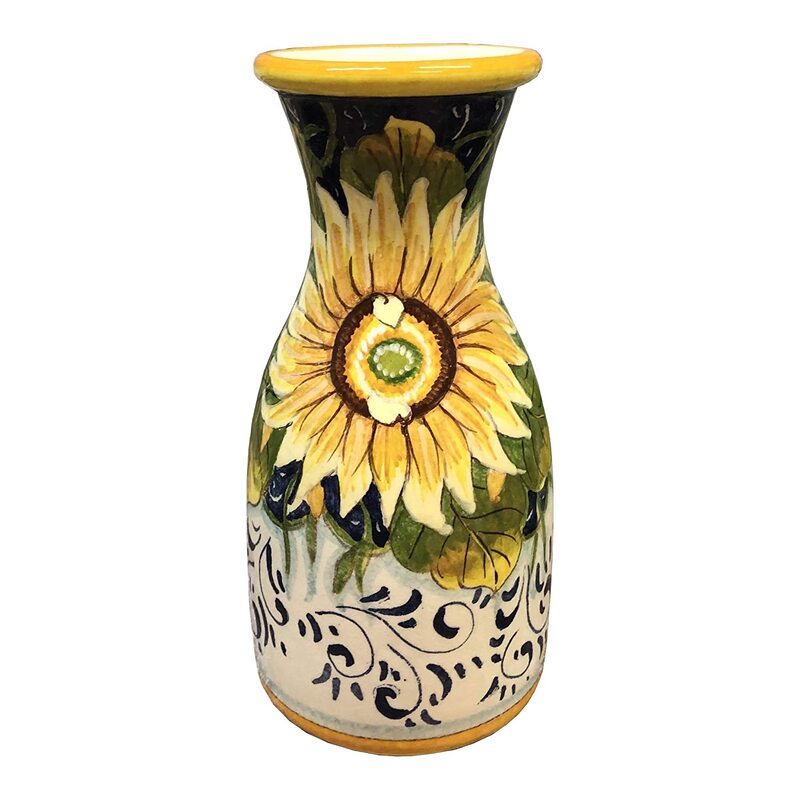

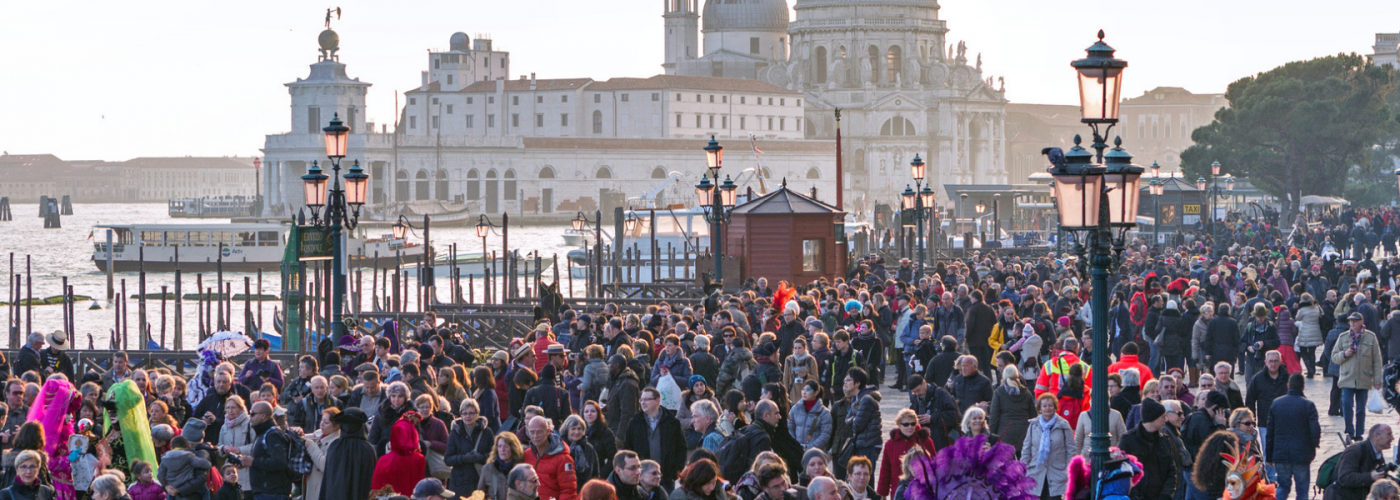
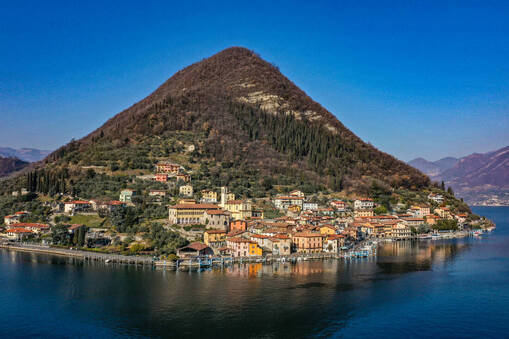
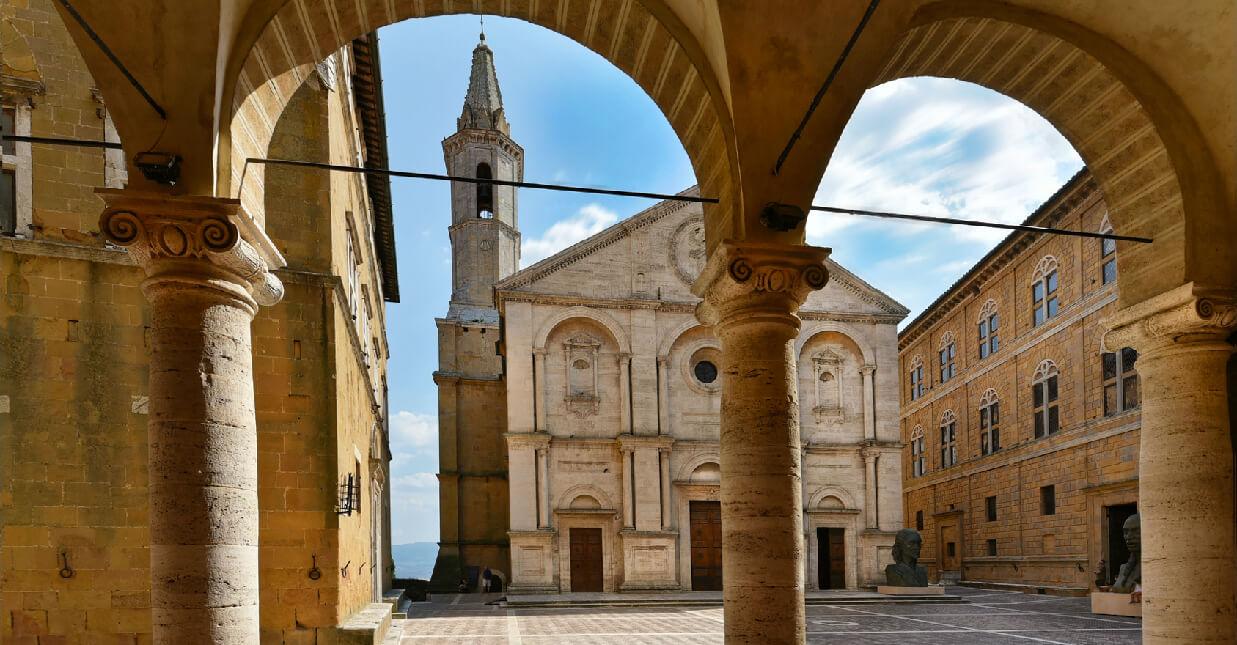
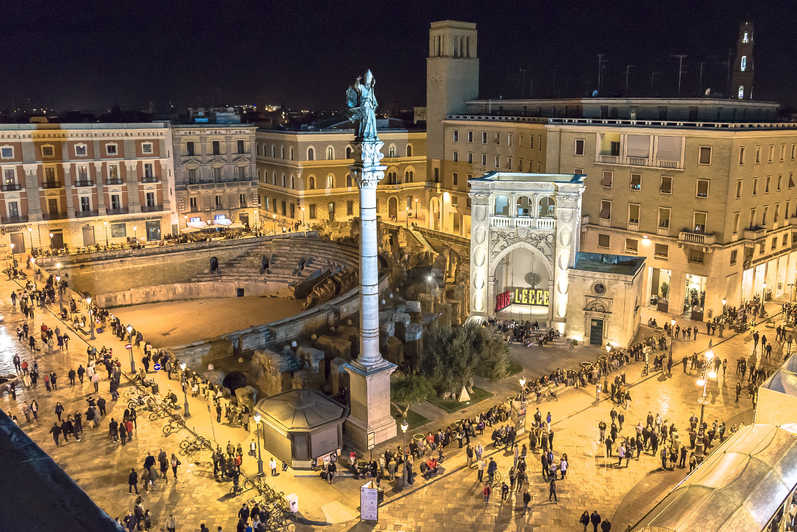
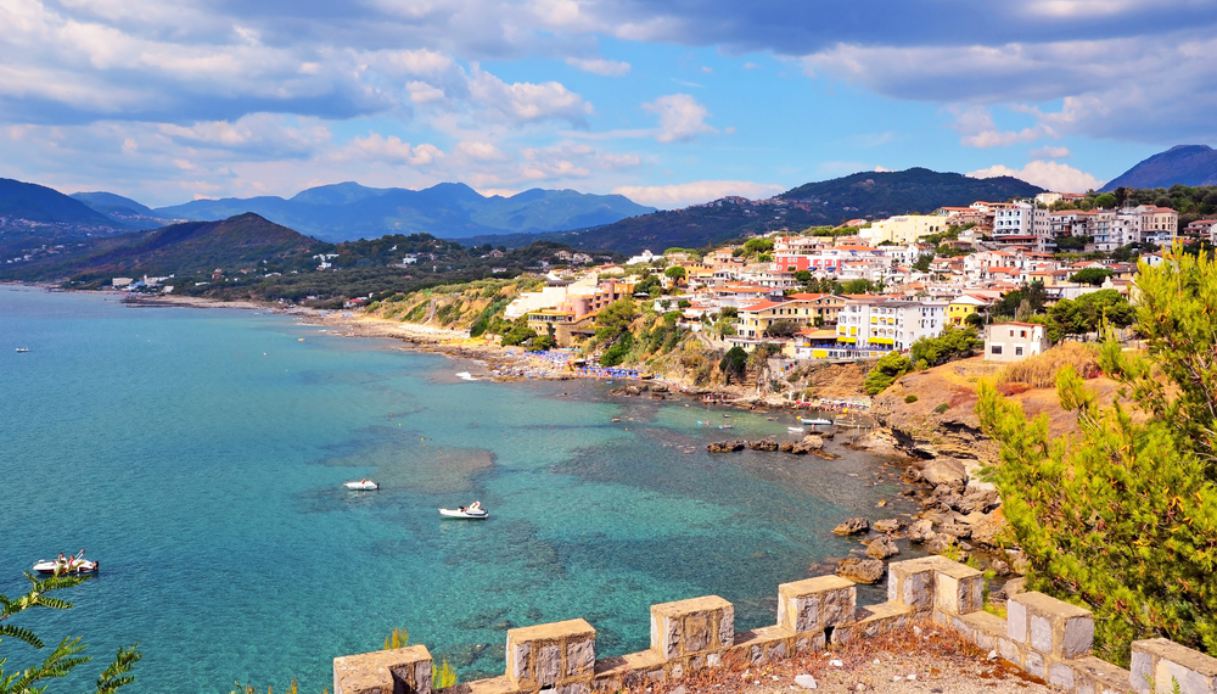
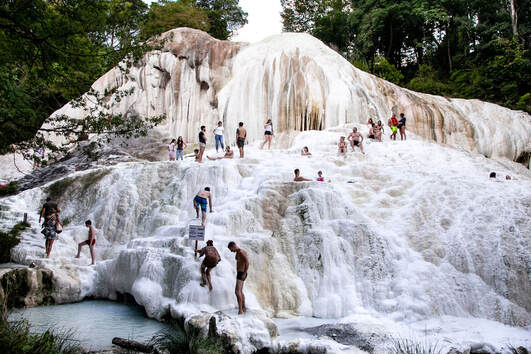
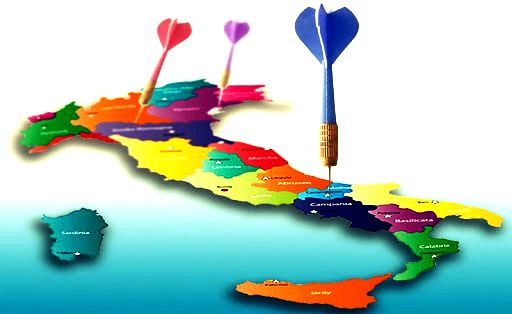
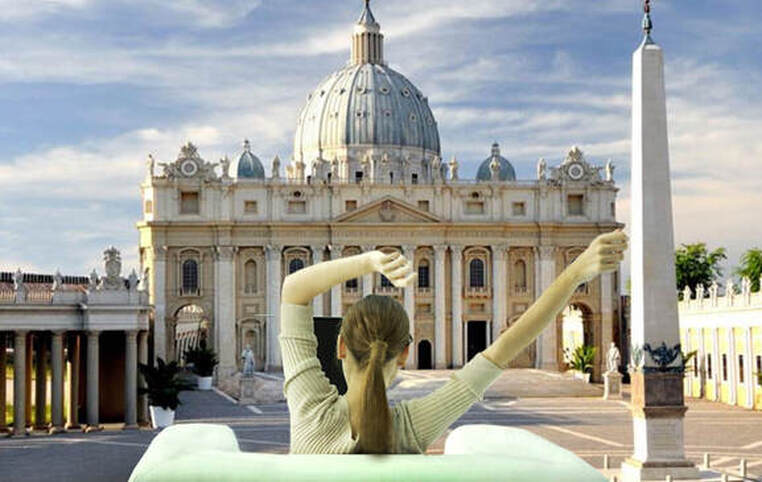
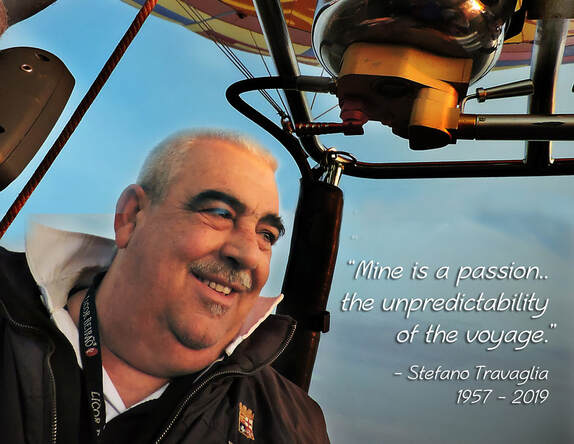
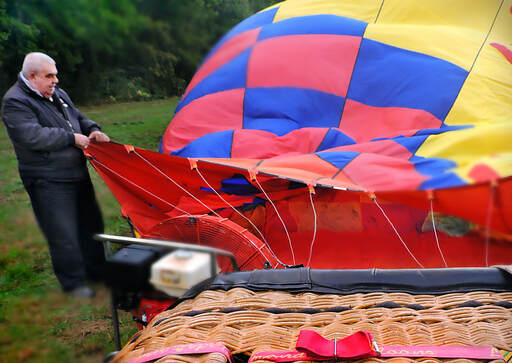
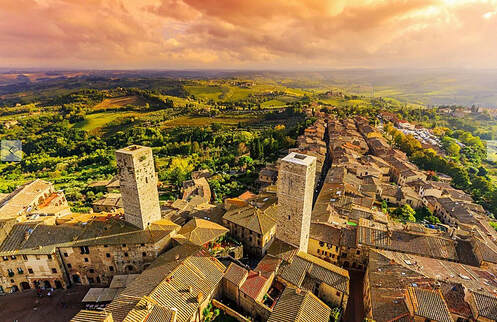
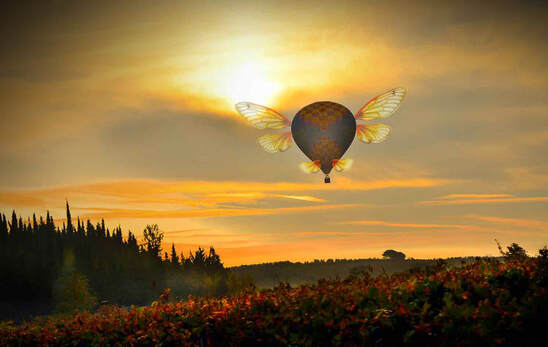
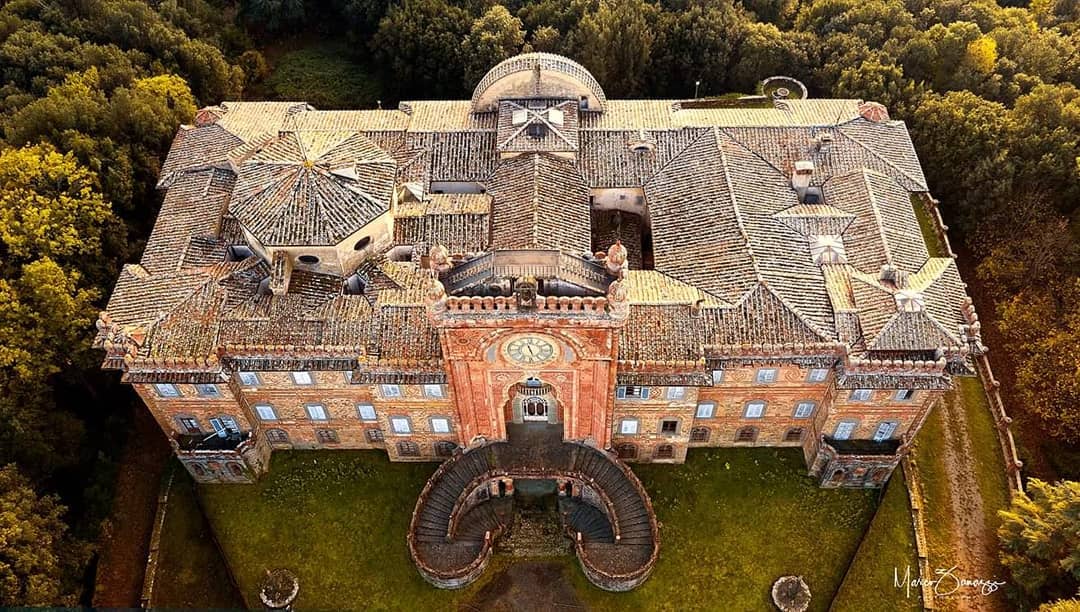

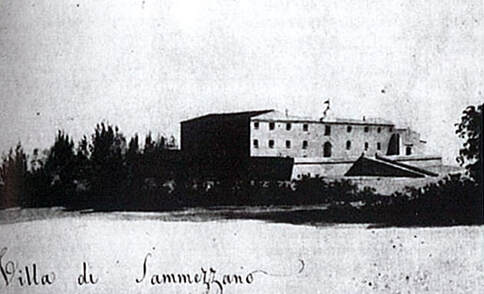

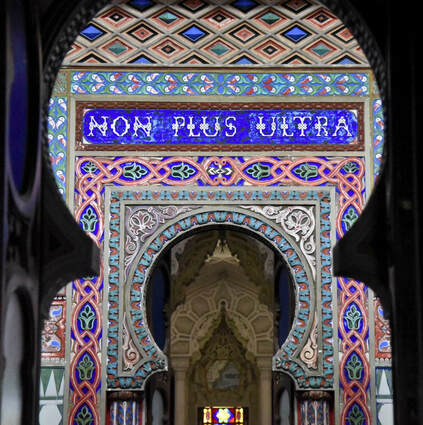
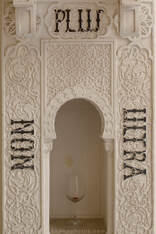
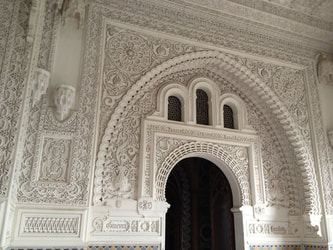
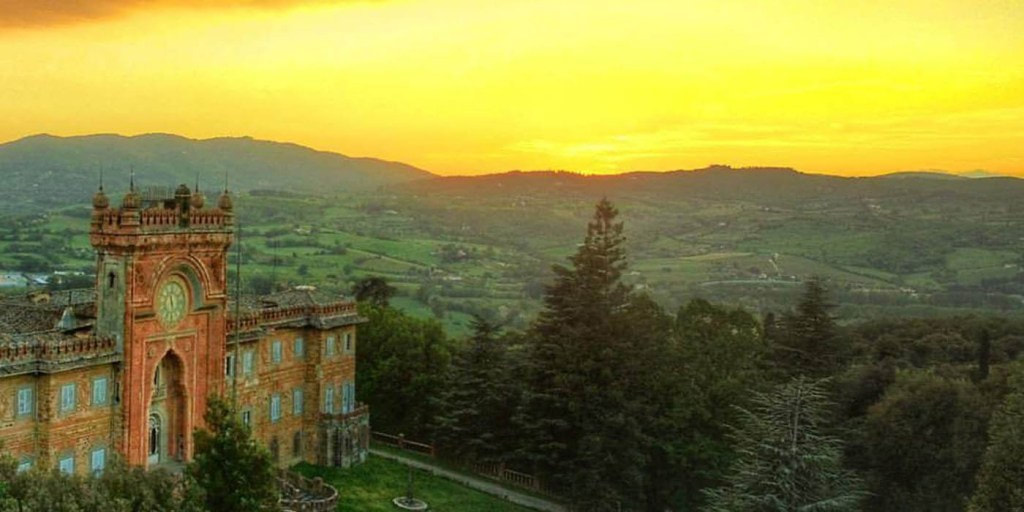

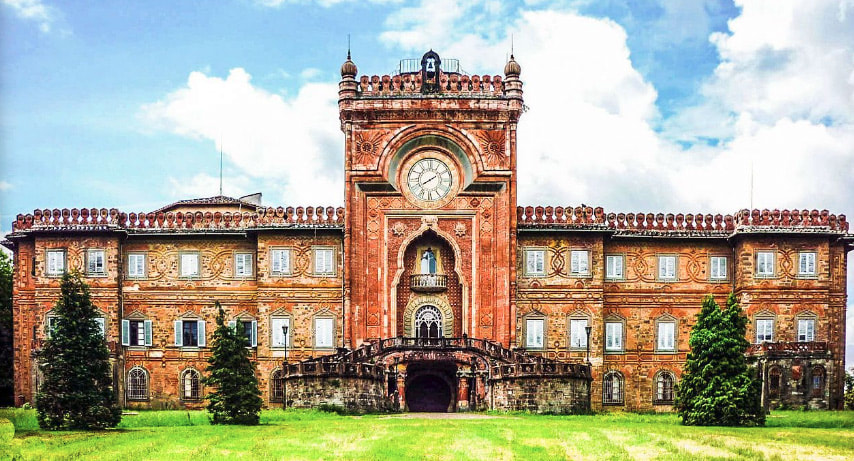
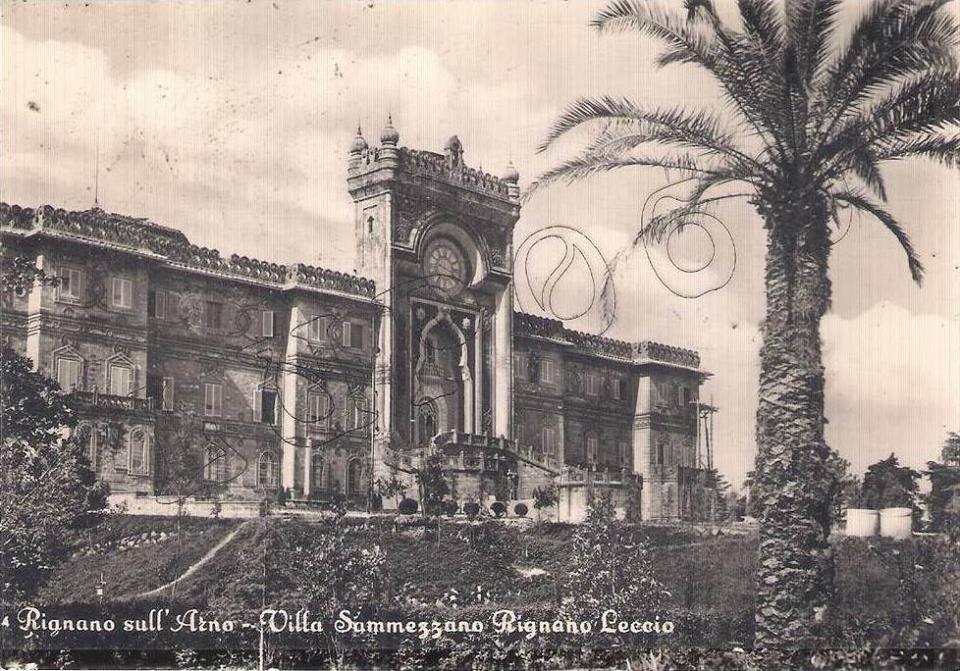
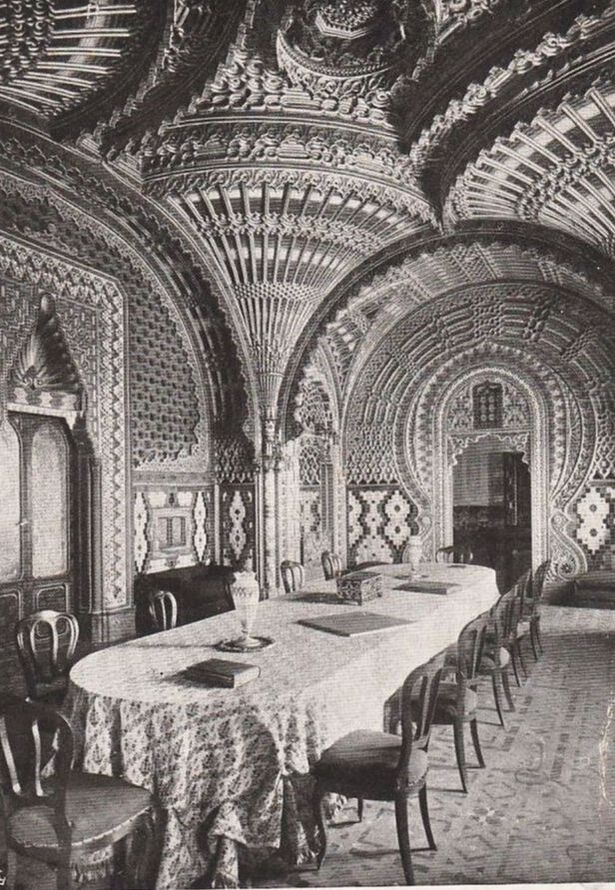
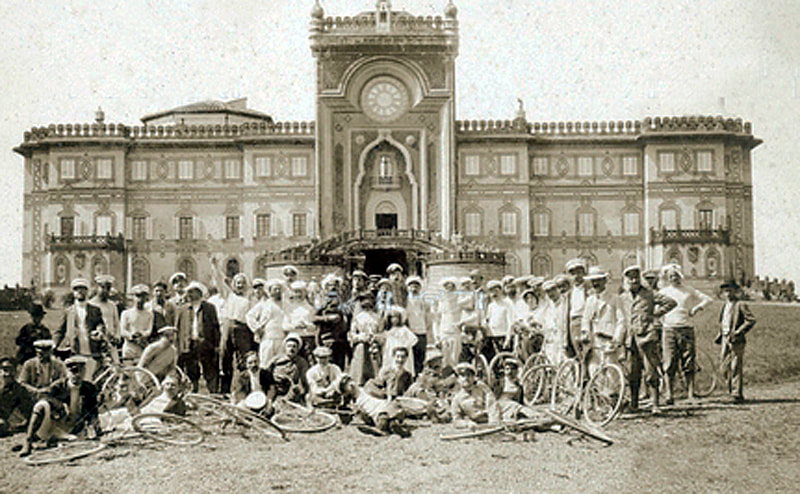
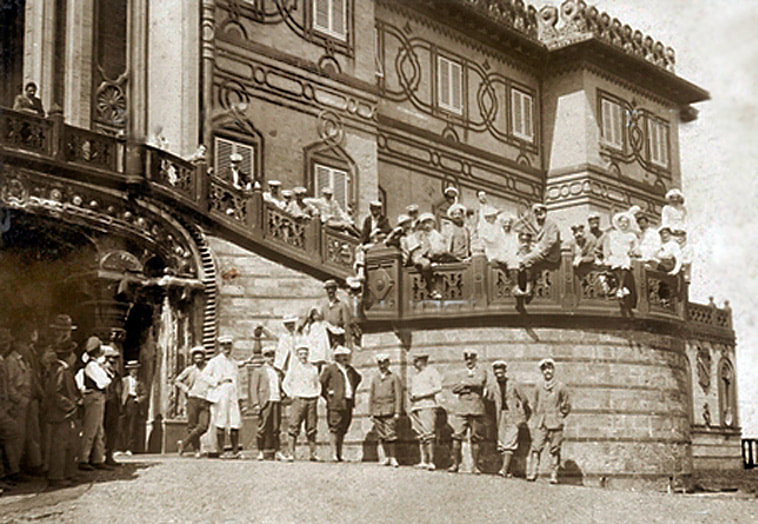
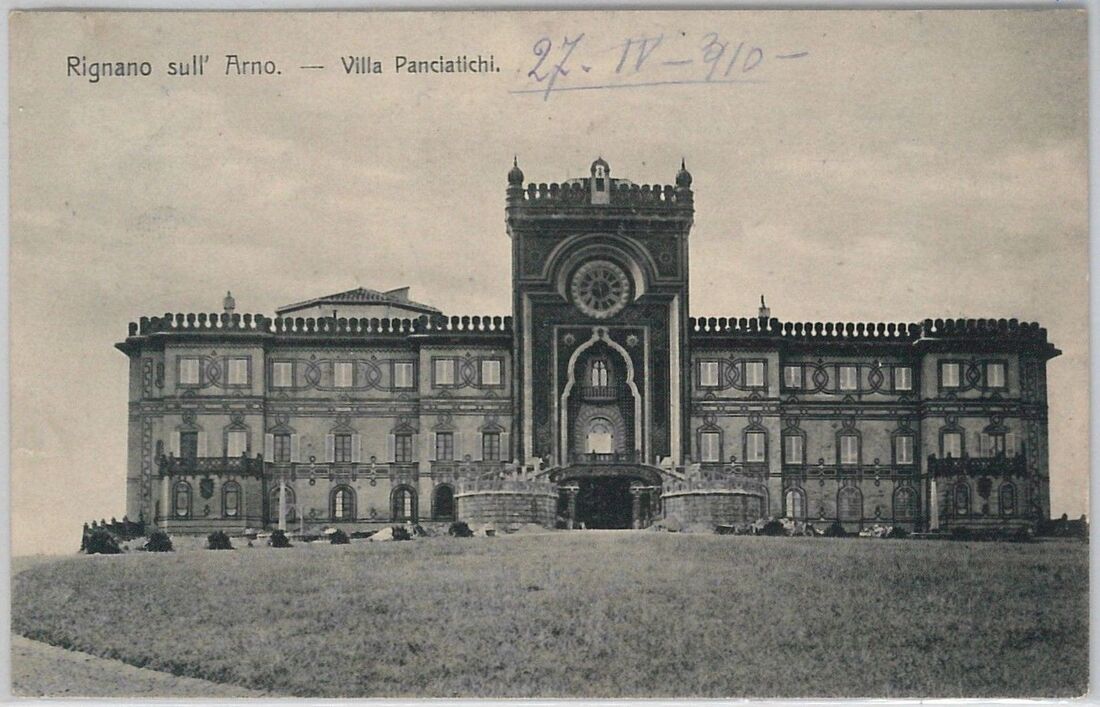
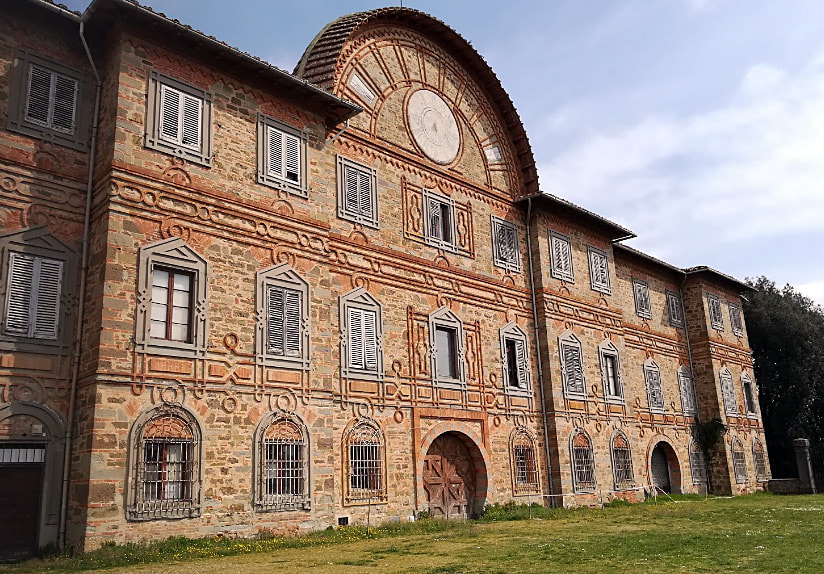
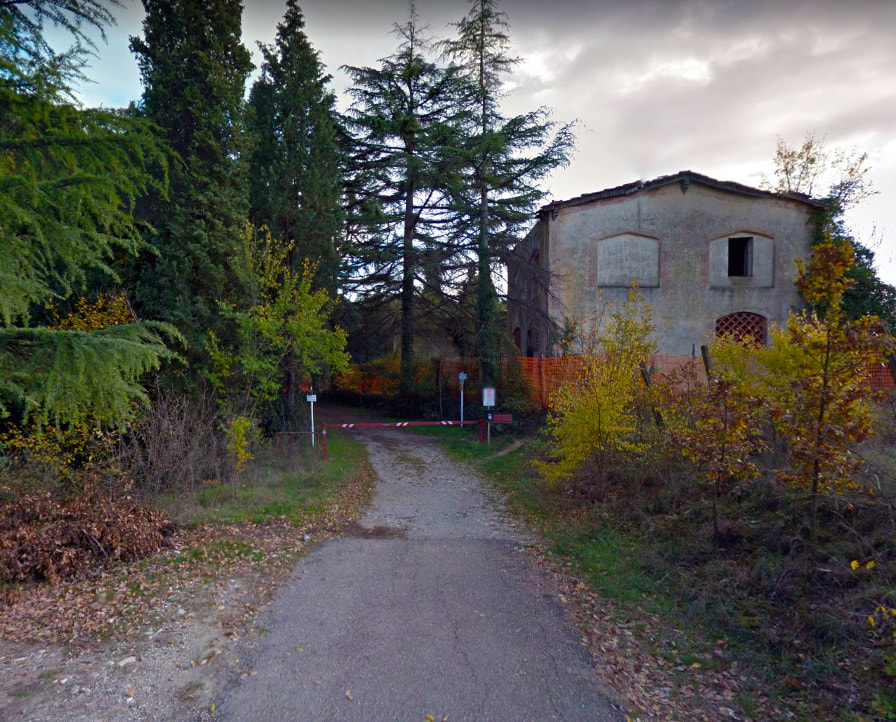
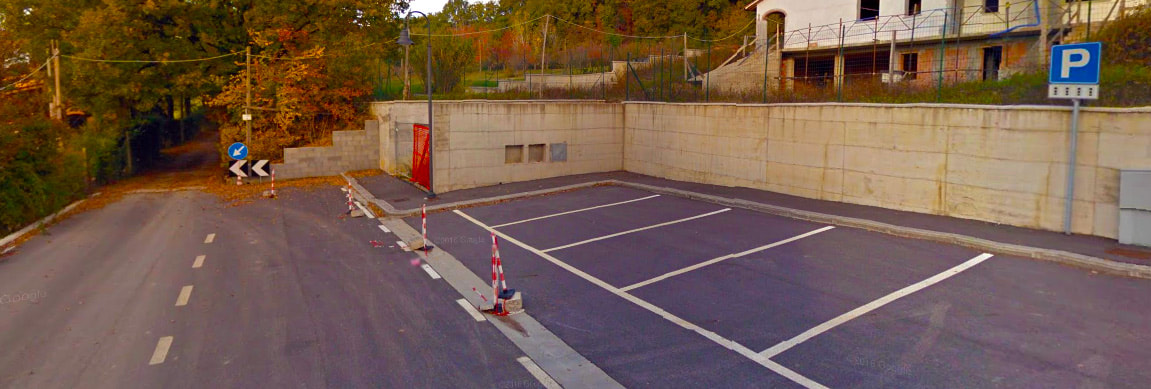
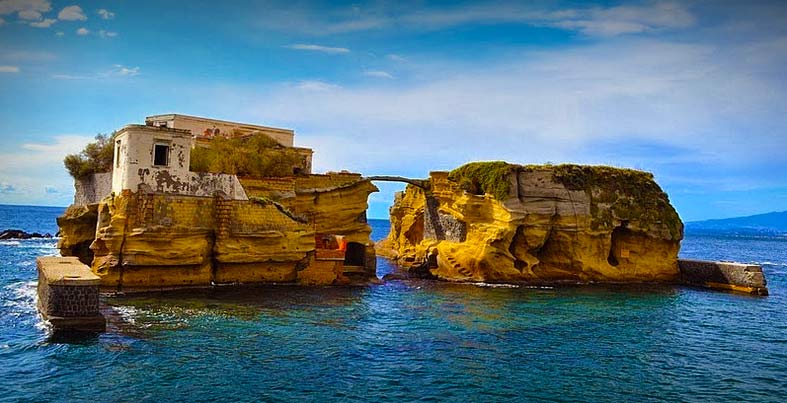

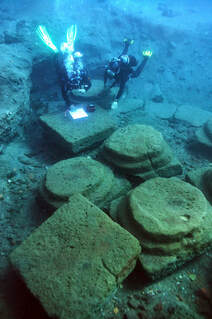
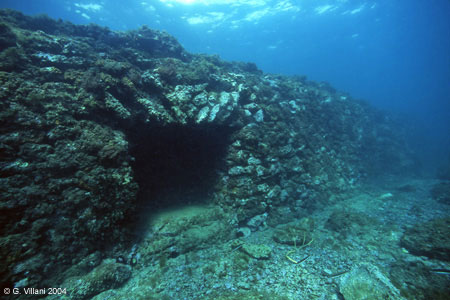

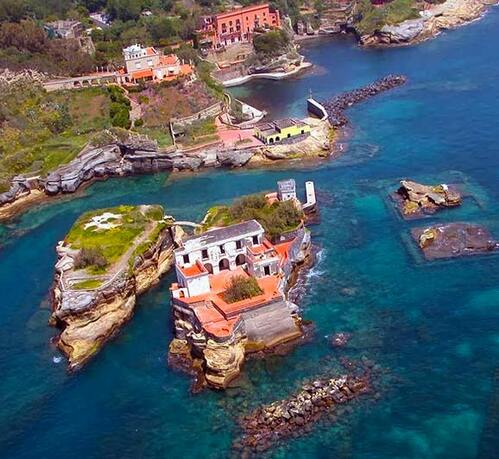

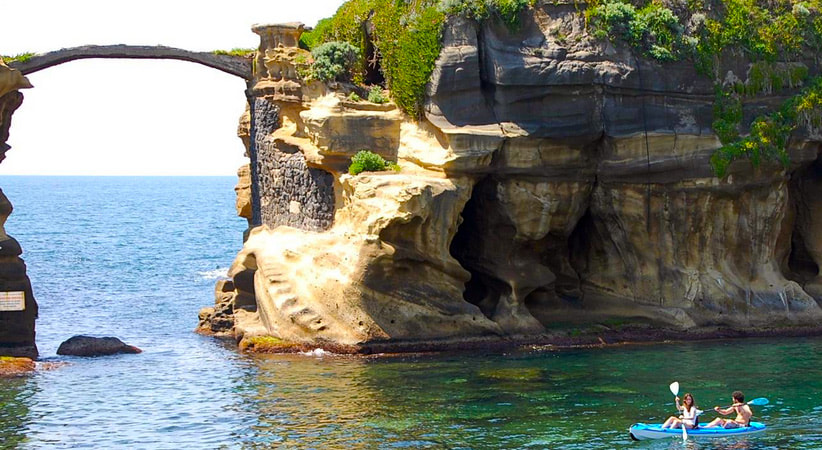


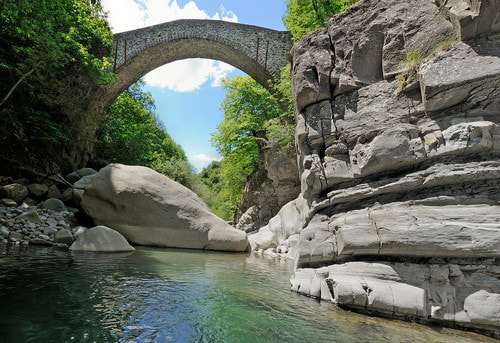
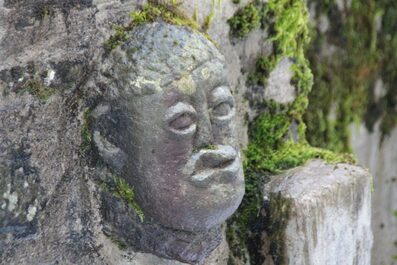
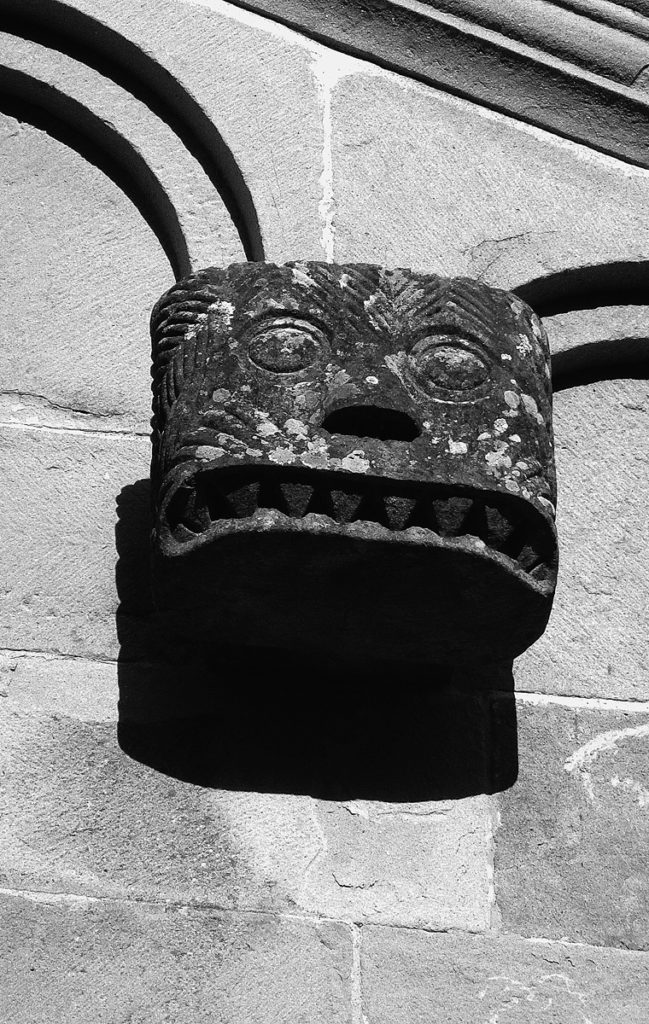
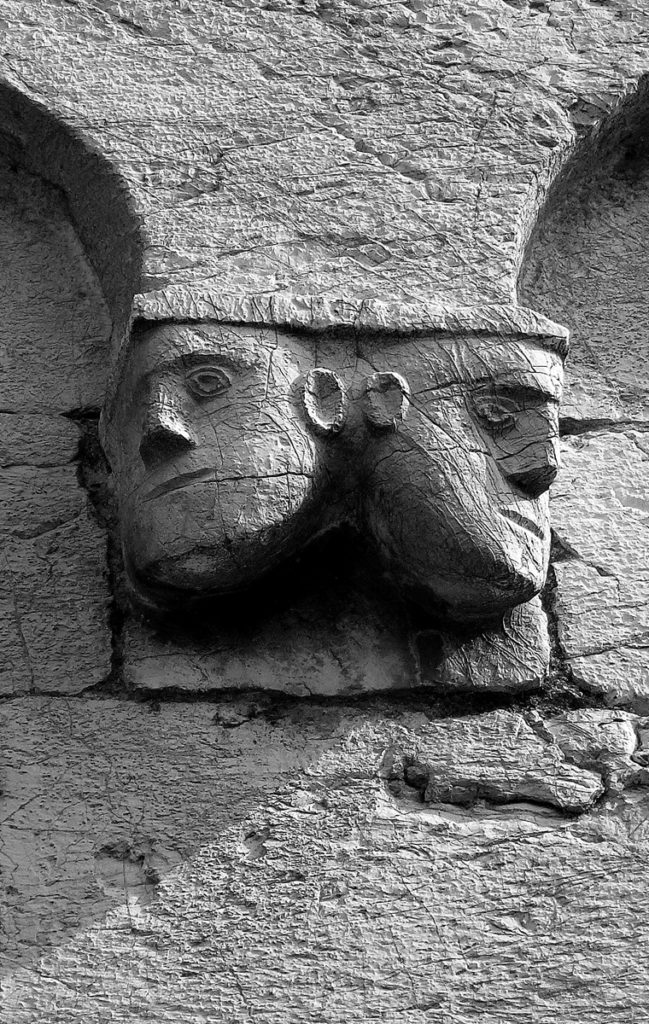
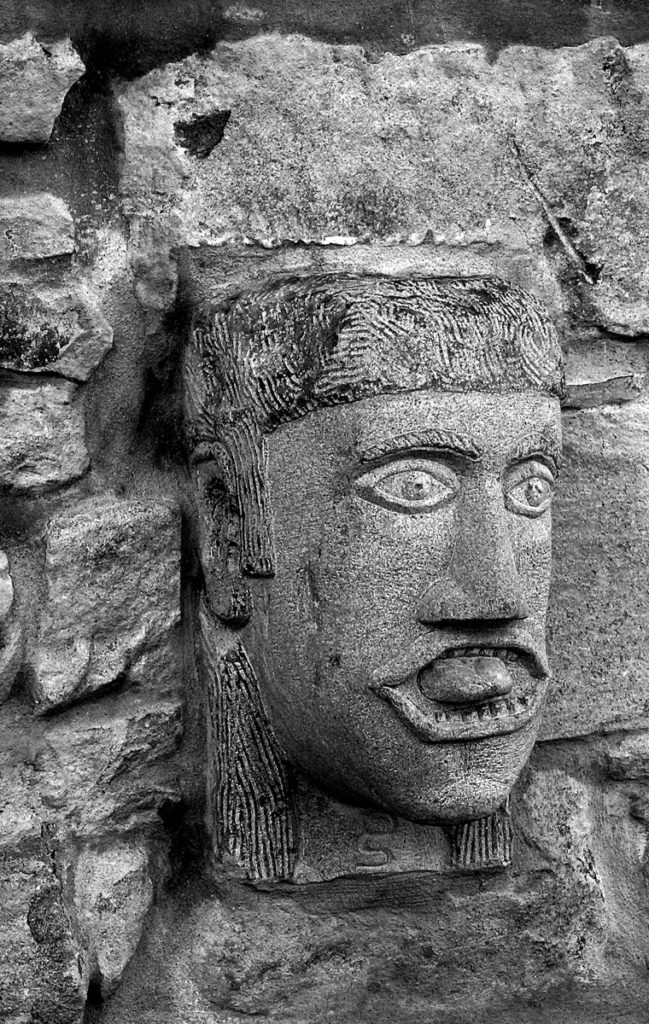
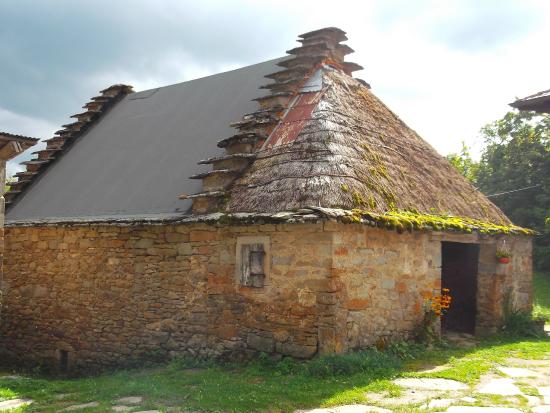
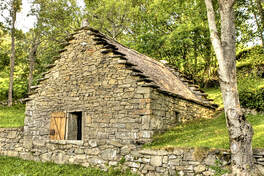
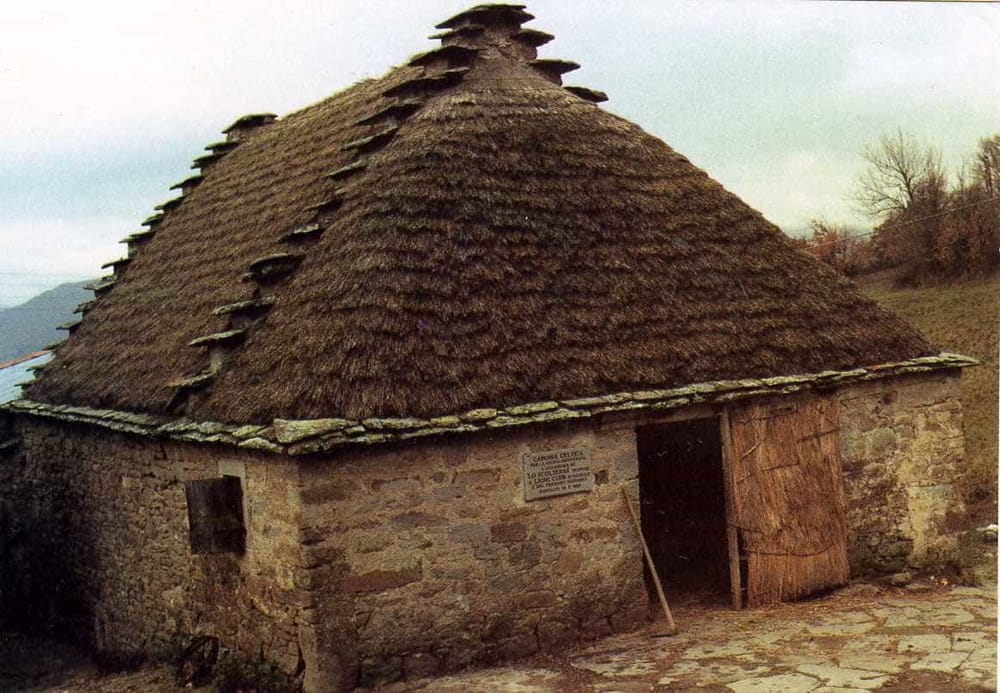

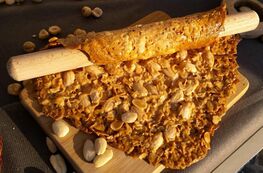




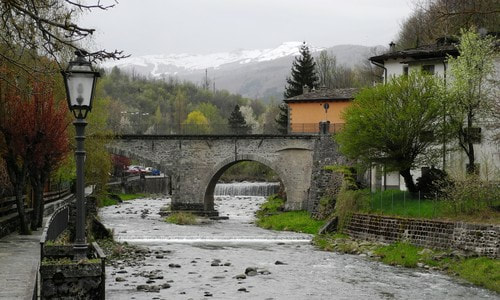
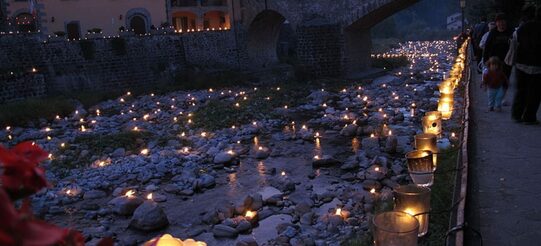
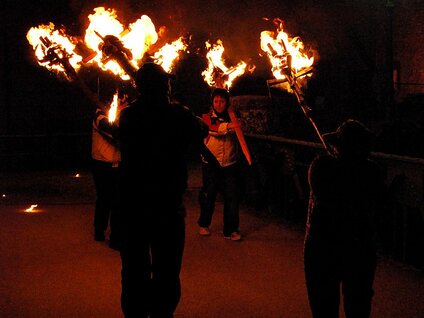

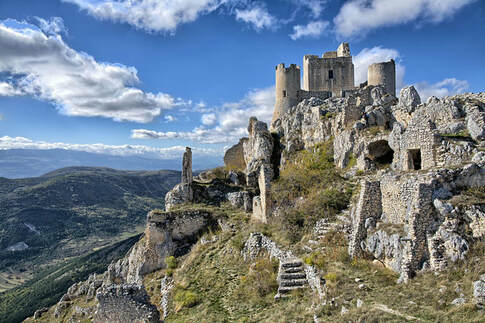
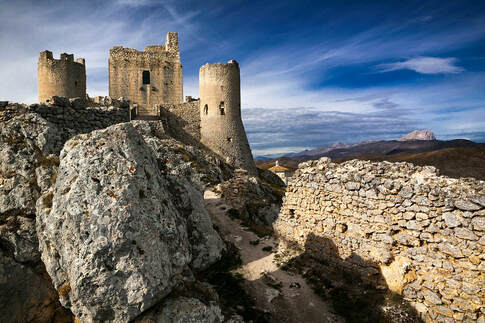
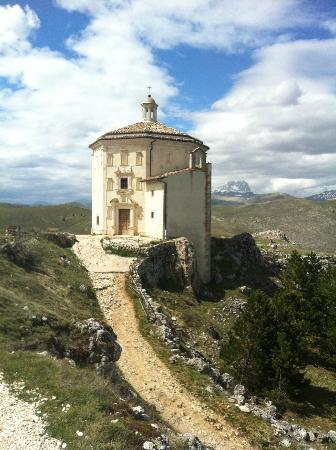
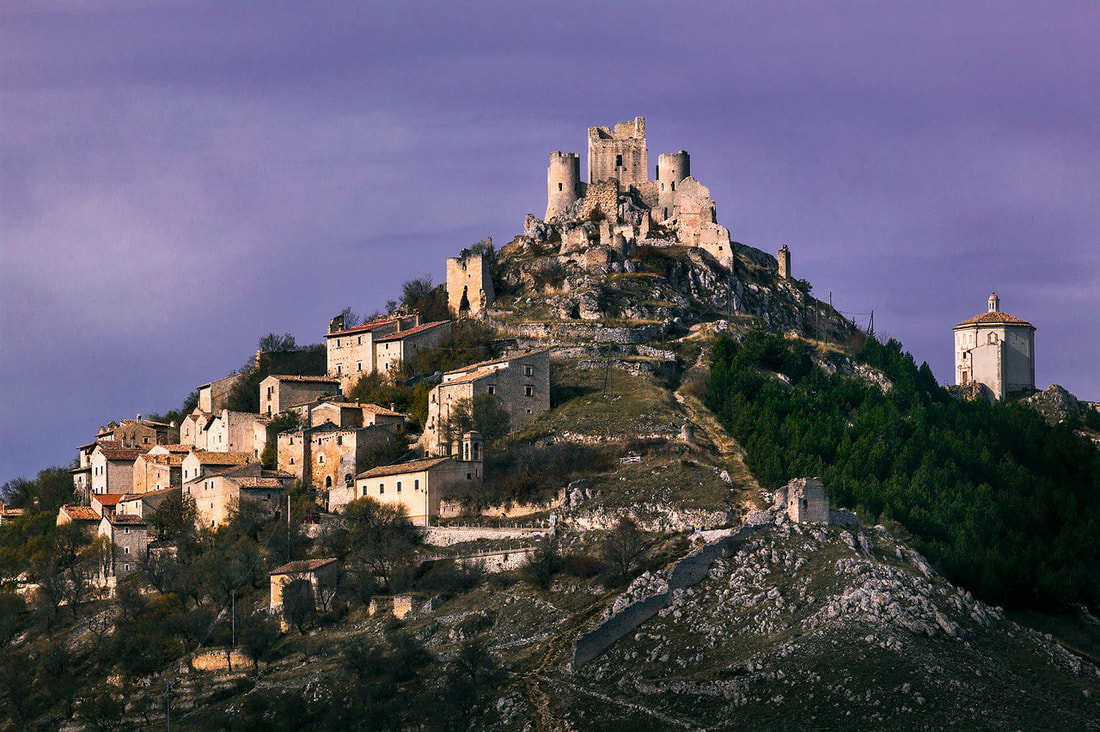
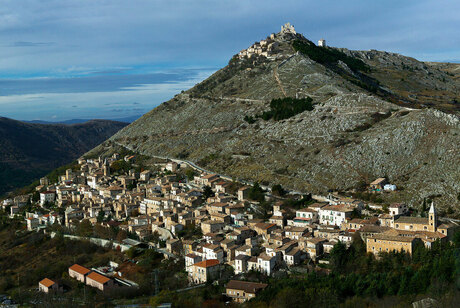
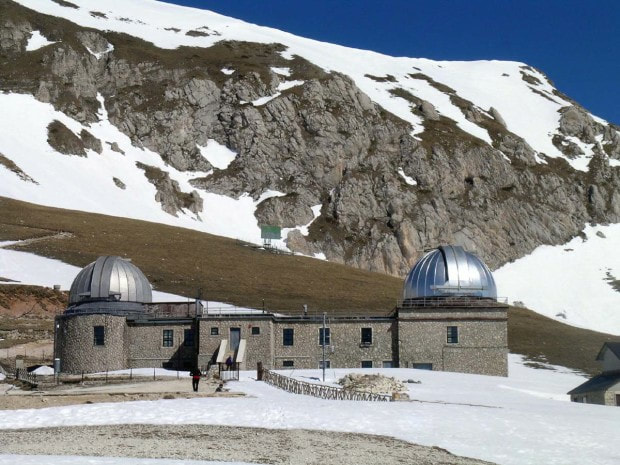
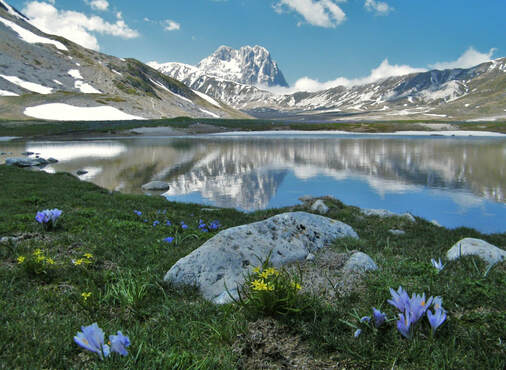
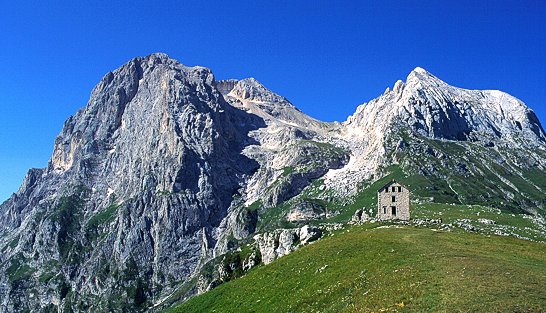
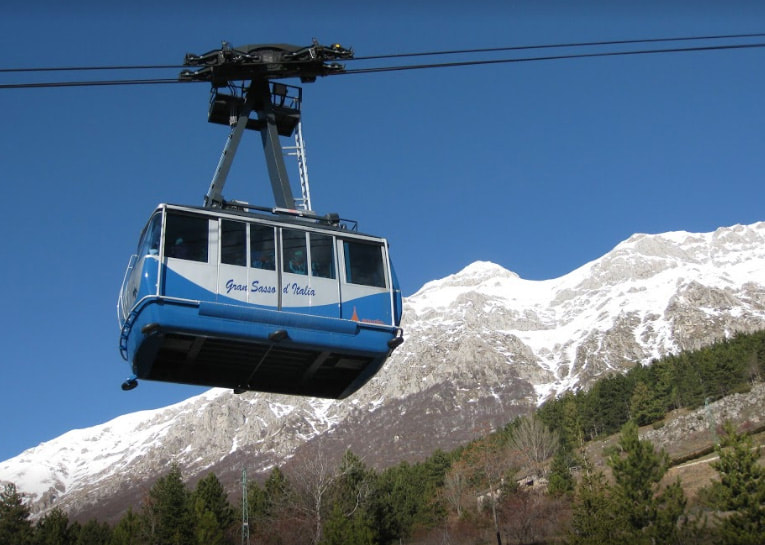
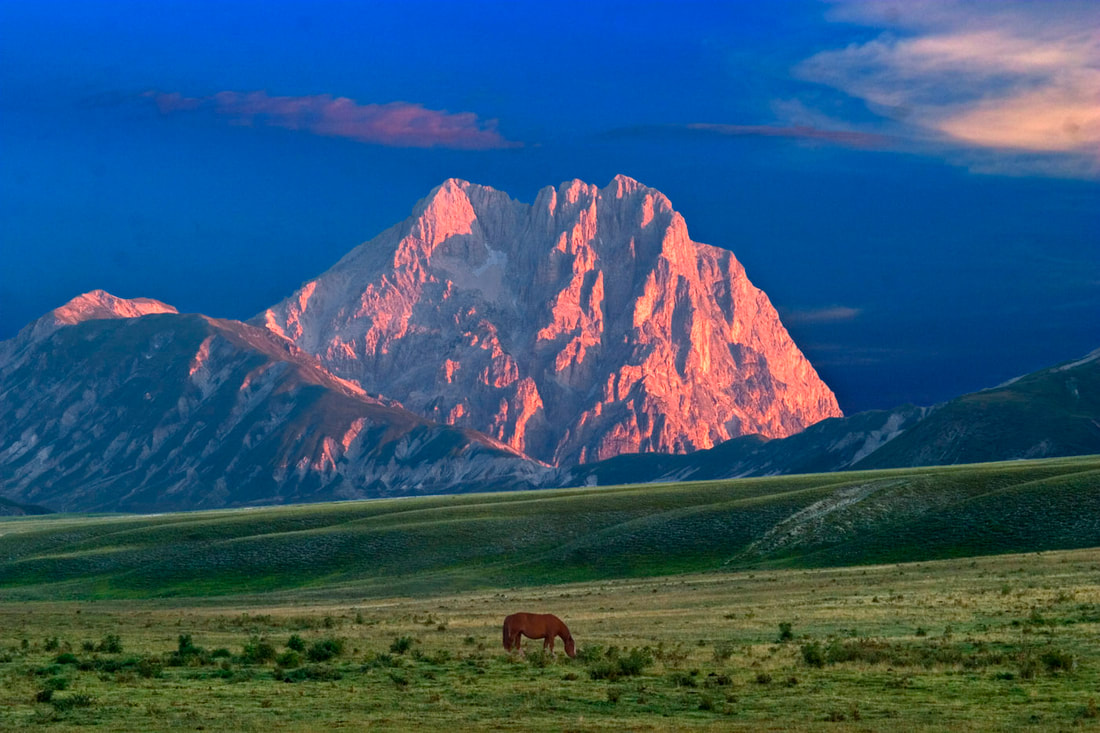

 RSS Feed
RSS Feed
